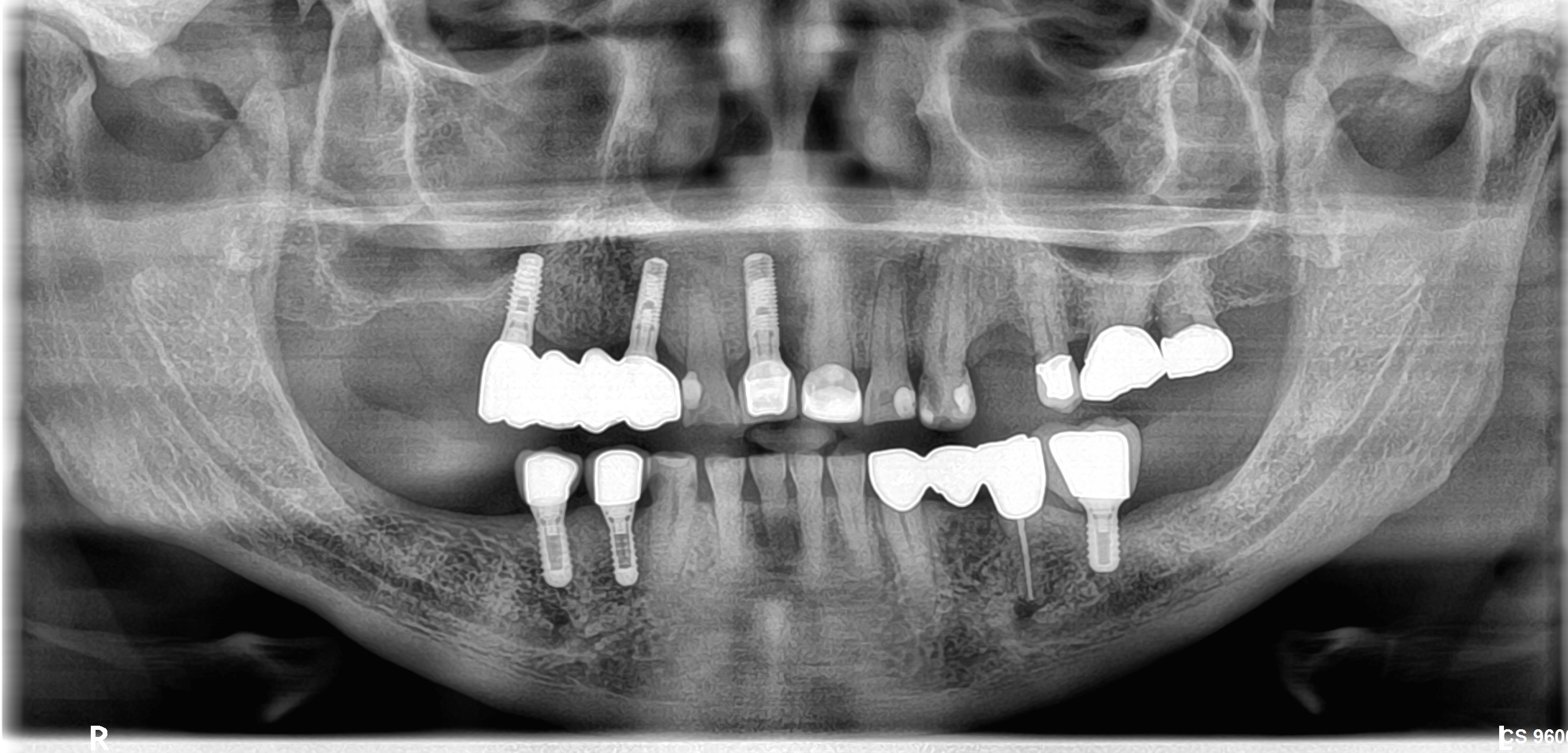Flap dehiscence in my first implant case: advice?
I placed my first implant on a patient recently under supervision. Patient’s profile: 61 years old, Hepatitis B carrier, no relevant drug allergies or problems. Non-smoker.
A Straumann 4.1 x 10mm bone level implant was used on the lower left first molar region with a 0.5mm height cover screw. Primary closure was established with simple interrupted 4/0 Vicryl sutures. A similar implant was placed in the region of the lower right first molar. The surgery was uneventful. Standard meds with Augmentin prescribed.
I reviewed him after a week and noticed that the suture on top of the cover screw was gone and the flap was open. Gosh did my heart sink! The lower right implant was healing well.
The surrounding tissue was rather friable and did not look too great. The implant was stable. Patient was advised to continue with Peridex – I wasn’t sure if it would heal up and didn’t intervene.
I reviewed him again at Day 14 and noticed that the flap was still not healing well. The flap tissue is partially healed but the periosteum is still not attaching well to the bone. Implant stability is fine.
I decided to take action. I flushed the area with Peridex, gently debrided the surface bone and granulation tissue with a spoon excavator and made a small perforation in the distal cortical bone to induce some bleeding. Copious saline irrigation was done, and the flap was sutured. Augmentin was prescribed for another 5 days. I told the patient not to chew on the site for the next few days.
Not sure why the flap broke down but I’m guessing that it may be partly because the patient has thin mucosa on the edentulous ridge and probably ate on it as well?
Another strange thing is that the patient was unwell between days 10 – 13 with some fever and chills. He saw a medical doctor but was not prescribed any antibiotics. He is recovering well at Day 14 but says that he suffered a similar illness when he previously placed 2 implants on his lower anteriors a few years ago. Not sure if it’s related to the surgery or stress?
I really want this case to succeed, but it looks rather worrying especially for a first-timer. What advice would you give? (fingers crossed)




















